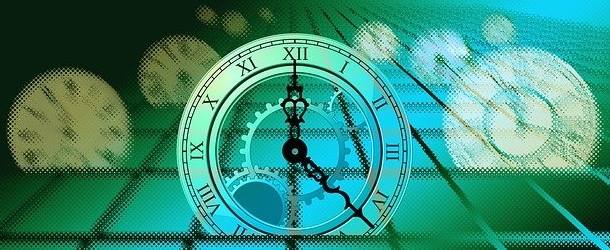Study shows progress for using time crystals in quantum computing

(EurekaAlert) Scientists have created the first ”time-crystal” two-body system in an experiment that seems to bend the laws of physics. An international team of researchers from Lancaster University, Royal Holloway London, Landau Institute, and Aalto University in Helsinki observed time crystals by using Helium-3 which is a rare isotope of helium with one missing neutron. The experiment was carried out in Aalto University. IQT-News shares the announcement below.
Time crystals were long believed to be impossible because they are made from atoms in never-ending motion. The discovery, published in Nature Communications, shows that not only can time crystals be created, but they have potential to be turned into useful devices. They researchers cooled superfluid helium-3 to about one ten thousandth of a degree from absolute zero (0.0001K or -273.15°C). The researchers created two time crystals inside the superfluid, and brought them to touch. The scientists then watched the two time crystals interacting as described by quantum physics.
“Everybody knows that perpetual motion machines are impossible,” lead author Samuli Autti of Lancaster University in Britain said in a news release. “However, in quantum physics perpetual motion is OK as long as we keep our eyes closed. By sneaking through this crack we can make time crystals.”
“It turns out putting two of them together works beautifully, even if time crystals should not exist in the first place,” Autti added. “And we already know they also exist at room temperature.”
A ”two-level system” is a basic building block of a quantum computer. Time crystals could be used to build quantum devices that work at room temperature.
First theorised in 2012 by Nobel Laureate Frank Wilczek and identified in 2016, time crystals exhibit the bizarre property of being in constant, repeating motion in time despite no external input. Their atoms are constantly oscillating, spinning, or moving first in one direction, and then the other.
The experiment is the next step in potentially harnessing time crystals for quantum information processing following the first observation of the interaction between two time crystals, published in Nature Materials two years ago.
https://www.eurekalert.org/news-releases/954258
Sandra K. Helsel, Ph.D. has been researching and reporting on frontier technologies since 1990. She has her Ph.D. from the University of Arizona.



















